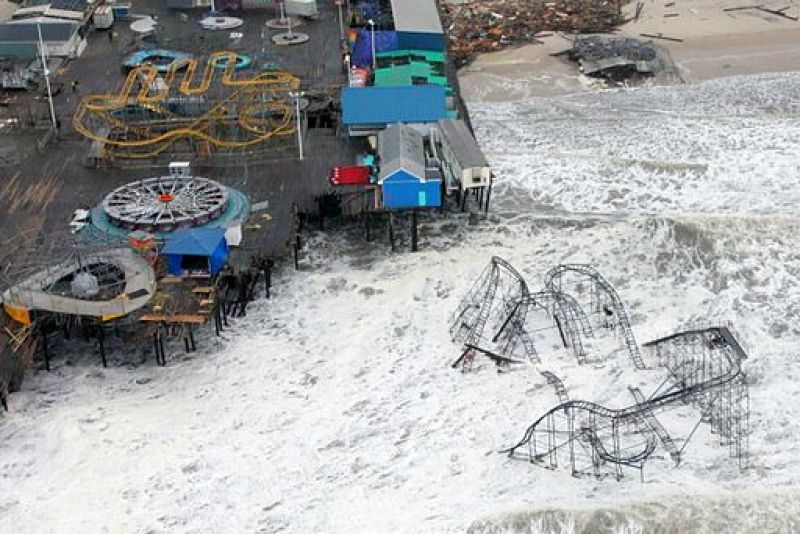
A new study conducted by a team of researchers from various universities revealed that the cities of New York and New Jersey could be hit by devastating storms every 25 years, and not 500 as previously predicted.
The researchers warned that this could lead to massive storm surges along the coasts and major flooding within the cities, ABC News reported.
For the study, the researchers analyzed data regarding the flood risks of New York and New Jersey for the past 1,000 years. They discovered that since the year 850, the height of floods has risen by almost 4 feet.
Although this may not seem much, floods this high can be very dangerous for residents and city structures especially when coupled with the effects of major storms.
The researchers from the Massachusetts Institute of Technology, Rutgers, Princeton, Tufts and Penn State universities conducted the study by collecting microfossils that were preserved in coastal areas' sediment cores.
They were then able to determine the age of these microfossils through radiocarbon dating.
"Every inch deeper in a core takes you further back in time," Benjamin Horton, a marine and coastal sciences professor at Rutgers University and co-author of the study said in a statement according to ABC News.
"We can stretch this technique back hundreds of years and thousands of year," he added.
According to the researchers, the rise in water level is strongly attributed to the effects of industrialization on the climate. And, due to climate change, devastating superstorms, such as Hurricane Sandy which ravaged New York and New Jersey in 2012, may occur more frequently than expected.
Due to the drastic change in the patterns of hurricanes and the sea-level rise, the overall effects of future storms on the cities will be massive. That's why as a follow-up research, the team, which will be led by Penn State University's doctoral candidate Andra Reed, will create models that can hopefully forecast the behavior of future superstorms. The researchers will also gather data to predict the rise of sea levels.
"The increasing flood risk projected for the coming decades presents a hazard to New York City's and New Jersey's intense concentrations of population, economic production and static infrastructure and indicates the necessity for risk management solutions," Horton said according to Eureka Alert.
"We need to do this so we can provide better information to residents of New York and New Jersey and to policymakers, insurance industries and the states to prepare for how an event as severe as Hurricane Sandy will occur," he added.
The findings of the researchers were compiled in a report published on the Proceedings of the National Academy of Sciences on September 28.


















